Hunting The Iowa Whitetail Rut

When I first began hunting the river bottoms of Iowa with a shotgun at an early age, the whitetail rut is something I did not know about. As a clueless youth hunter, I simply only knew about deer drives and that was it. For those of you who don’t know what a deer drive is, it is when a group of hunters walk into a piece of land in hopes of pushing deer towards other group members that are strategically set up to shoot. Now, I am guilty along with many others that obsess over hunting the whitetail rut with a bow.
Year after year, many claim that “the rut is in full swing!” days or weeks before it’s commonly known to start. Deer do “deer things” year after year. Sometimes sparring other bucks or nudging does around in a friendly manner. Deer like to joke around or play around just like humans. The majority of adult does will begin their estrous cycles the last week of October. Some deer will come into heat earlier and some may not come into heat until late November or even early December. Most people typically refer to November as the rut month. There is a lot of truth to that, however there are certainly stages to the rut which can cause some highs and lows for your hunting experience.
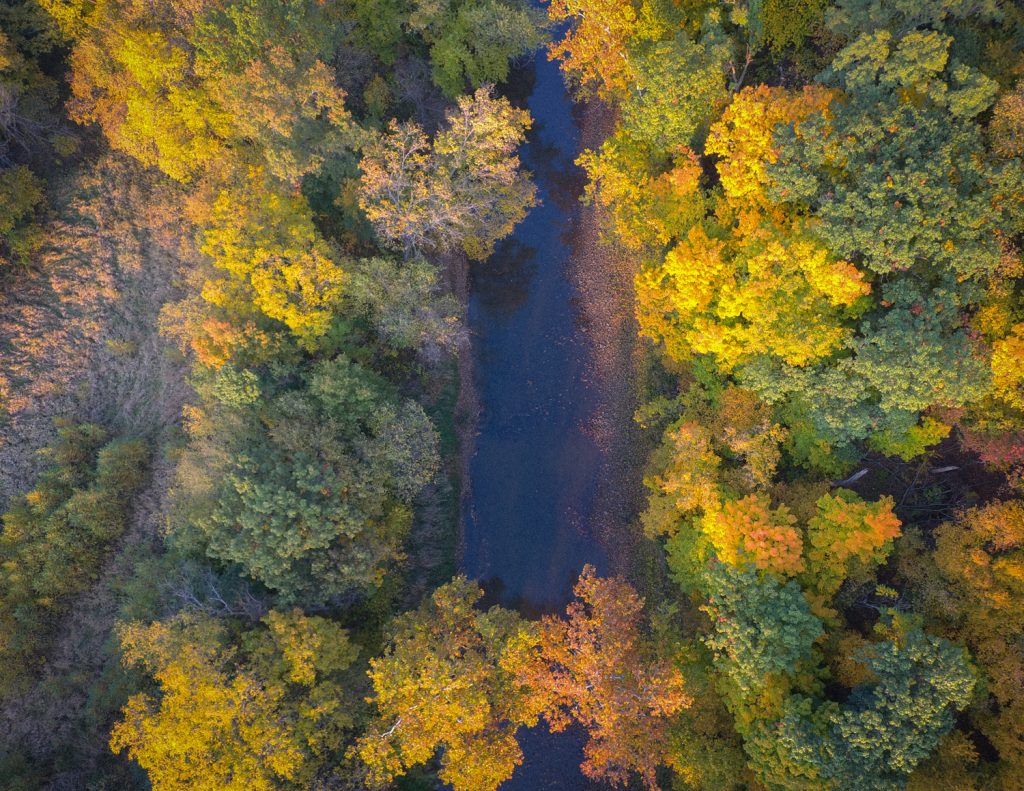
Pre Rut:
This time period refers to the last part of October and early November. This is a great time to catch bucks cruising during daylight hours. Cold fronts and moon phases also play a factor into effect too. Some will argue the last week of October is your best time to kill your target buck. If there aren’t any hot does yet, this time of year tends to get deer on their feet in search of food or checking scrapes right before dark. Massive cold fronts and late October hunts are one of the best recipes for many hunters' success.
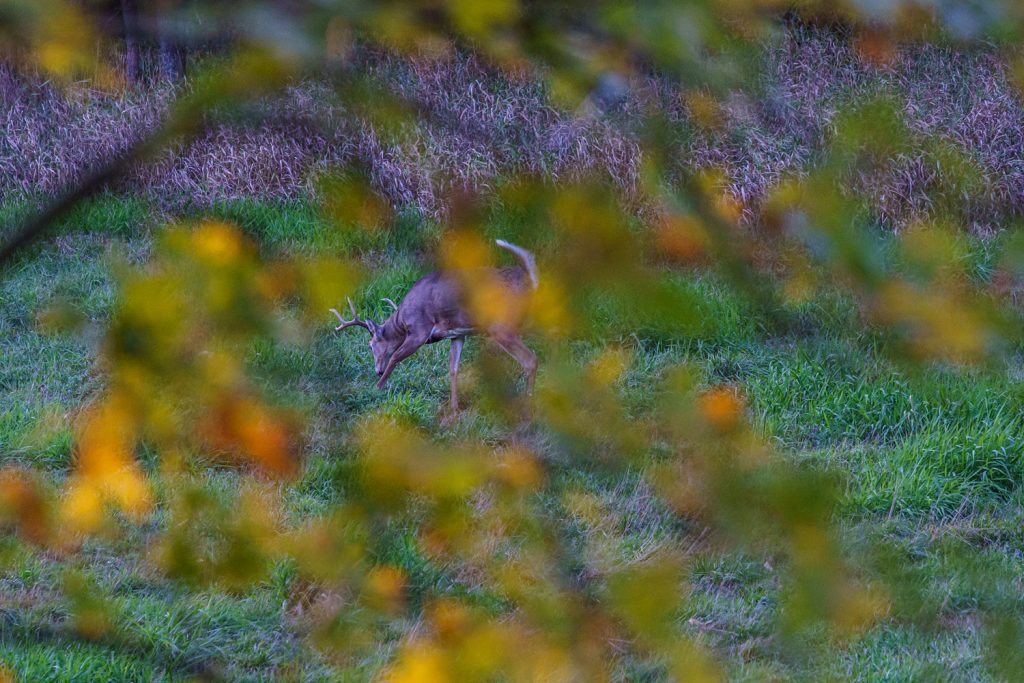
Peak Rut:
Peak rut is generally from November 10th- November 20th. These dates can vary based on your location and the specific deer in your area. Bucks will enter a phase called “lock-down” during peak rut. This can offer some challenging experiences while hunting. If bucks aren’t pushing the does around it can sure make for a boring sit. However, there are times when there may be one hot doe and several bucks searching for her. This on the other hand can provide a very exciting hunt. This past season I experienced something very similar which ultimately resulted in me filling my tag.

Post Rut:
The post rut is typically around the end of November into the first couple weeks of December. By now the majority of does have been bred. In some cases there will be a select few that come into heat late in the year, these are generally the yearlings having their first cycle. By this time it’s a little less likely to see hot rut activity that includes intense chasing and quick responses to calling. A couple years back I had an experience of snort-wheezing a buck away from a group of does. It was enough to make him curious but he was not in a very big hurry. I wish I could say that’s how I filled my tag that year but it unfortunately did not work out in my favor. If deer aren’t interested in breeding anymore at this time, their minds have likely switched over to the focus of food and will remain that way the rest of the season.
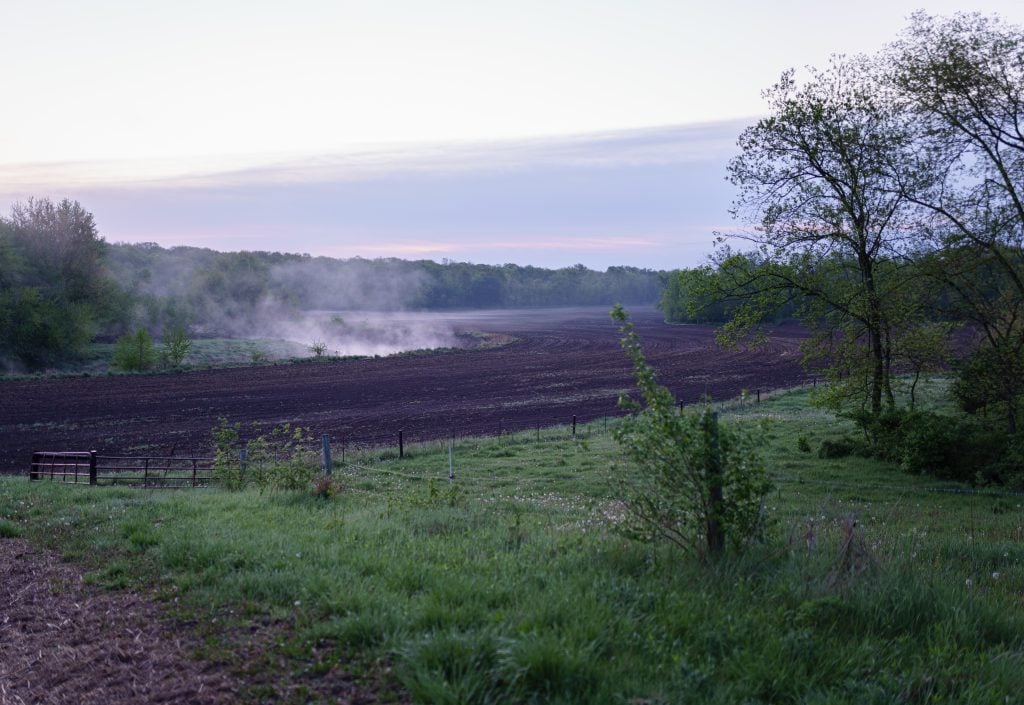
Gear Used:
In my years of hunting the whitetail rut, I have experienced temperature ranges from 0-70 degrees. Generally cooler weather enhances the amount of deer movement that takes place, however when the rut is on they will move regardless to some extent. Fortunately with varying temperatures, Sitka Gear provides a wonderful system that helps me adapt to my hunting environment which in return gives me longer and more comfortable hunts. Below I will list a couple of my most common systems when hunting the rut. System 1 will be for temperature ranges of 40-70 and system 2 will be for 40 and under.
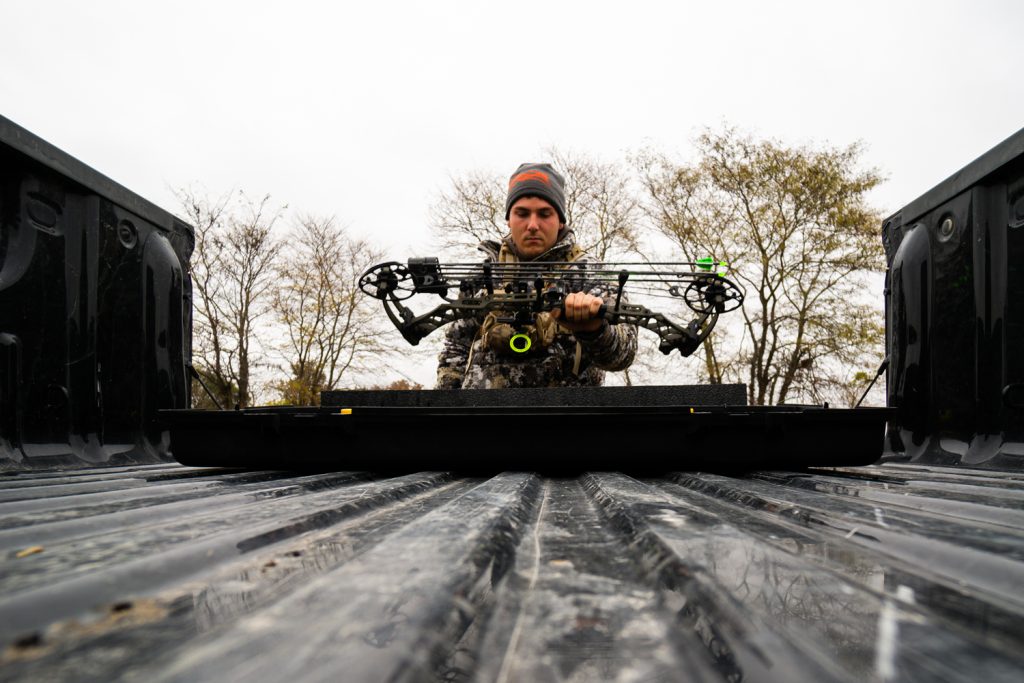
System 1:
-Blackovis Tuscarora Merino Top & Bottom
-Optional layer: Sitka Ambient Hoody
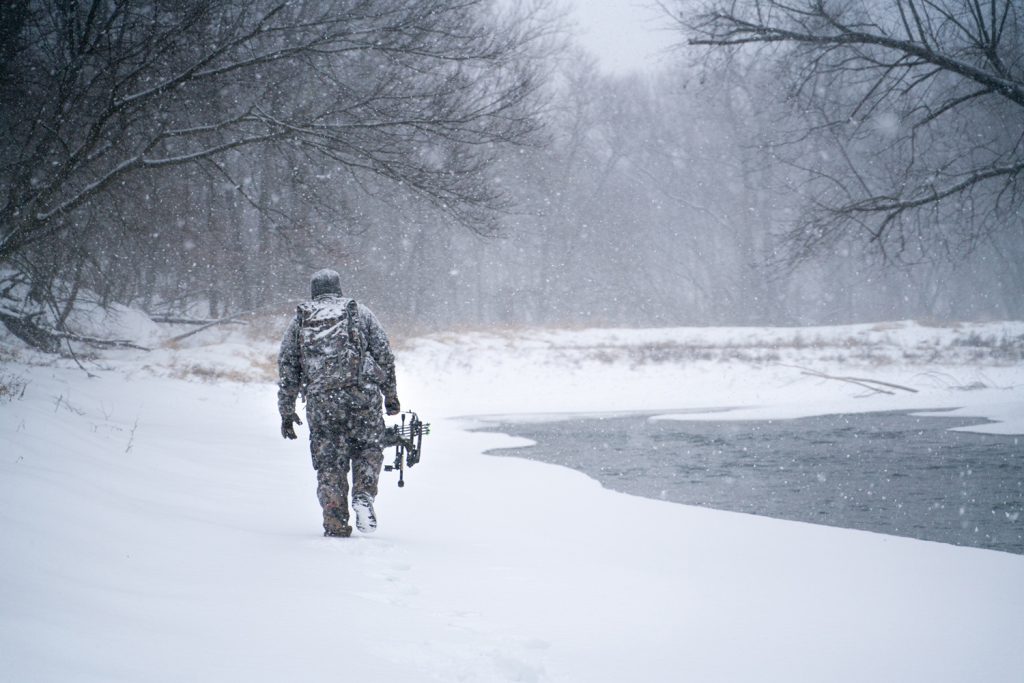
System 2:
-Blackovis Keele Merino Top & Bottom
-Lacrosse Alphaburly Pro 800g EV2
-Optional layer: Sitka Ambient Jacket
In Conclusion:
Each of these phases provide an excellent chance of harvesting a buck. Based on your experiences, hunting situation, goals, time to hunt, and places to hunt, you should be able to decide when to use that handy vacation time to fill your tag. For me personally, I would pick the last few days of October and the first couple of days into November. Historically this timeframe has provided me with many encounters and effective responses to calling. The rut can provide some of the most exciting times in the woods, but can also be some of the most boring. Find the good rut action and move locations if you need to. The biggest thing with hunting the rut is to put your time in, sooner or later it will pay off!
